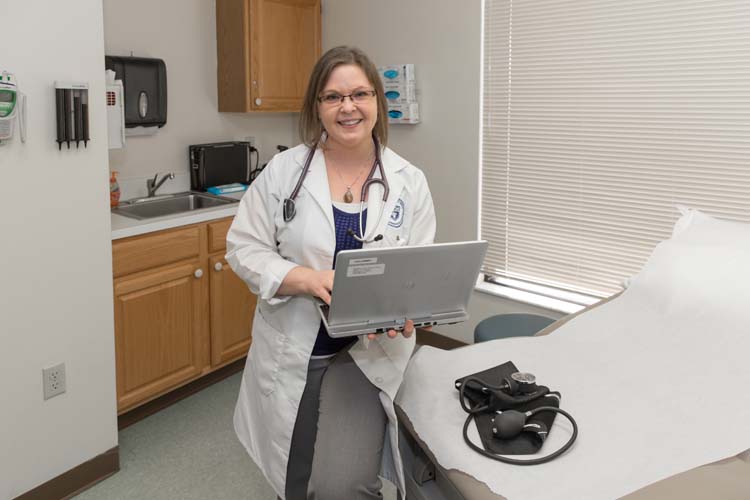
Most Americans went to bed on a recent Sunday night in November thinking their blood pressure was normal.
By that Monday morning, however, tens of millions of them suddenly found themselves catapulted into the “high blood pressure” or hypertensive category.
In essence, the American Heart Association, the American College of Cardiology and the National Joint Committee on Prevention, Detection, Evaluation and Treatment of High Blood Pressure moved the goal posts overnight.
As that Monday morning dawned, almost half of all U.S. adults and a whopping 80 percent of those 65 and older found themselves classified as having high blood pressure.
Dr. Cassie Jones, a board certified internal medicine specialist with the Sebastian River Medical Group and Steward Healthcare, calls the change one of the “flipsy-flopsies” of medicine.
For years, the target for systolic blood pressure – the first of the two numbers used – was 140. In 2013, that target was “relaxed” to 150 for patients over the age of 60.
In November, however, “normal” systolic blood pressure for most people suddenly plunged to between 130 and 120.
“Now they’re saying ‘we want people no greater than 140 over 90,’” says Jones. “We really want you at 130 over 80, and if you can do 120 over 80 that’s even better.”
Since high blood pressure is second only to smoking as a preventable cause of heart attacks and strokes, the new guidelines – based on a huge 2015 study first published in the New England Journal of Medicine – were splashed across the headlines and TV news.
But what may have gone unnoticed is the fact that the study’s recommendations for lowering blood pressure do not revolve around more medication or higher doses of statins like Lipitor or Crestor.
The Harvard Medical School joins Jones in pointing out “for elevated blood pressure, medications are actually not recommended; rather, a long list of evidence-based, non-drug interventions are.
“What are these interventions? A diet high in fruits and vegetables (such as the DASH diet which is naturally high in potassium); decreased salt and bad fats; more activity; weight loss if one is overweight or obese; and no more than two alcoholic drinks per day for men, and one for women” – all things that really work. (For more information on the DASH diet, see dashdiet.org.)
It’s then that Jones broaches a topic rarely heard in heart health conversations: dementia.
“We’re not really paying attention to the dementia that’s related with statins,” says Jones, adding ,“we need people to really change their lifestyle so that we don’t require them to be on statins. And if they are on statins, we [need to] get them on the lowest dose possible, instead of putting out all these high-intensity statins.”
The good news is that despite the new, lower blood pressure guidelines, Harvard Medical School and Jones agree that “simply changing what you eat can bring down systolic blood pressure by as much as 11 points and each additional healthy habit you adopt can bring it down another four to five points.”
Physicians like Jones are ready, willing and able to help. The new guidelines, she says, are “a wake-up call that says we need to get better control on this.”
Dr. Cassie Jones is with the Sebastian River Medical Group and Steward Healthcare. She has office hours at 13840 U.S. 1 in Sebastian and 8000 Ron Beatty Blvd. in Barefoot Bay. The phone number is 772-581-0644.



